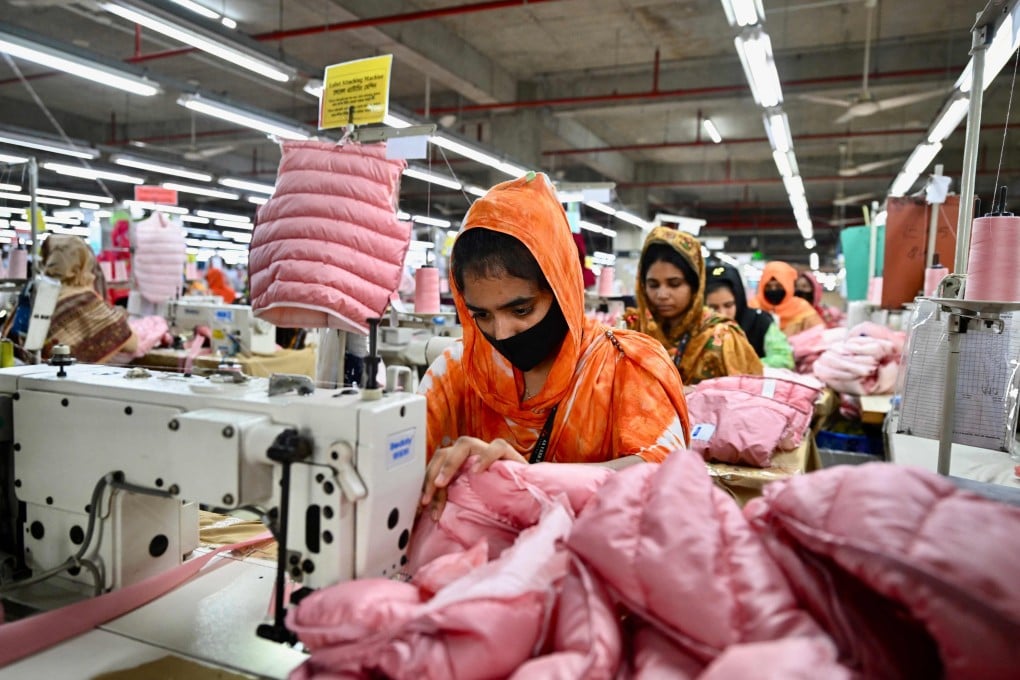Advertisement
Opinion | Countries hoping to negotiate away Trump tariffs should think again
Trump’s appetite exceeds what most nations can offer. He couldn’t care less if negotiations are not completed within the 90-day pause period
Reading Time:3 minutes
Why you can trust SCMP
2

After US President Donald Trump announced “reciprocal” tariffs on April 2, China and the European Union struck back with retaliatory tariffs. As many as 70 countries approached the US for trade talks, he said. He eventually suspended the new levies on most of his targets, with the EU pausing its tariffs in response. However, Trump increased the tariffs on goods from China, which retaliated in kind.
Despite the reprieve, the world has good reason to be concerned about Trump’s tariff threats. Apart from being extremely unreasonable, they are highly destructive to the global economy.
On “Liberation Day”, Trump saved his highest tariffs for some of the world’s most underdeveloped countries. In Asia, Cambodia faced 49 per cent and Bangladesh 37 per cent; these rates could come into effect after the 90-day pause period.
Equally deplorable, Trump’s “Liberation Day” imposed a baseline 10 per cent levy on imports that is still in effect. Many of these countries export garments, footwear and primary products such as minerals to the US. Since the Trump administration has no clear plan to develop these sectors, it is plausible that his tariff war is meant to boost US government revenue and help fund tax cuts.
Moreover, Trump’s sweeping tariffs are shaking the global trading system to the core. Under the World Trade Organization, countries are required to treat each other equally. Members must apply the same tariff rates to all parties. Charging some members higher rates than others, as the reciprocal tariffs threaten to do, stands against the cornerstone of the global trading system.
Trump’s trade policy also contravenes WTO rules by increasing US import duties without the agreement of other WTO members. All WTO members have a bound rate – the ceiling on their custom tariff rates. These rates are the result of decade-long negotiations, often under US leadership, to balance the interests of all members.
Advertisement
